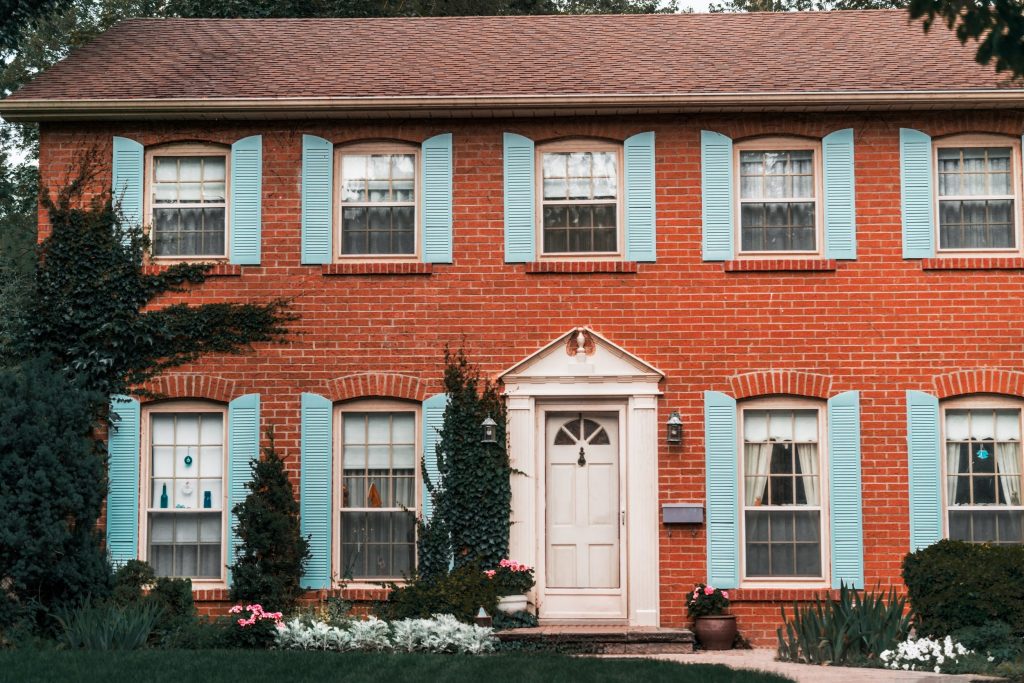So you’ve bought a fixer-upper. First of all, congratulations! Yes, they cost money to fix up, but purchasing an Orlando home that needs work is a sound investment if you know what you’re getting into.
Once you’ve bought a fixer-upper, the most important thing to keep in mind is the order in which you approach the changes and repairs. Determining priorities and making a plan will help you to come up with a budget that works best for you and gets you the house you envision.
Here are four major issues to consider when you’re strategizing you’re home makeover:
-
Structural Concerns
Fixer-uppers range from homes with bad structural problems to homes in need of only cosmetic fixes. If your new home has structural problems, it’s important to address those first. This may include a damaged roof, a cracked foundation, bowed walls, gaps between walls and floors, or anything that compromises the home’s overall stability. Until your home has good structural integrity, there isn’t much point in performing any other repairs.
Along those lines, you might have one section of the house which needs a major overhaul while you live in another part. If you need elbow room for your belongings, consider adding an external structure, such as a steel building. It’s an opportunity to keep your belongings safe and close at hand while you work.
-
Avoid Budgeting Snafus
When you’re going through the budget for your renovations, Bob Vila points out that there are many costs homeowners miss. For instance, you need to remember building permits, especially if you’re adding a structure to your property or expanding square footage. You will also need to factor in all the materials involved in the building process and make choices accordingly.
-
Layout and Configuration
If your fixer-upper has good bones, or you’ve made the necessary fixes, you’re ready to consider the layout and configuration. A lot of older homes have several smaller rooms, as opposed to the open floor layouts found in many modern homes. Real Homes notes this can be a big project, so if you want to knock down a wall or two to improve the layout, and you have the budget for it, now is the time to do it.
You will also want to consider the configuration of the home. That is, are you happy with the square footage, and do you have the right number of bathrooms and bedrooms? Since additions can be expensive, challenging and time consuming, many people find it best to take care of them earlier than later.
-
Major and Minor Repairs
Along with getting the structure, layout and configuration how you want it, you will likely have some other repairs that need to be done. These should be categorized by severity of repair when you go through your budget. Major fixes include things like:
- Plumbing repairs
- Repairing sewer lines
- Electrical wiring
- HVAC system replacement or repair
- Window replacement
Here are some examples of minor repairs:
- Painting the exterior and interior
- Replacing doors
- Installing new floors
- Refacing cabinets (or installing new ones)
- Putting in light fixtures and switches
While the major repairs should be addressed first, the order in which you perform the minor repairs is up to you. The most important thing is that you keep the function of your home as top priority. Then, you can focus on the cosmetic aspects, furnishing and decorating.
If you have the budget and patience for renovations, buying a fixer-upper may be the most rewarding path to making a home. Just be sure to take care of any structural issues that affect the stability of the house. Then, consider the layout and configuration, and strategize how you will make any changes you have in mind. Lastly, prioritize your major and minor repairs before concerning yourself with the final cosmetic touches. The better you plan out the process, the better you will be able to budget and bring your vision to life.
